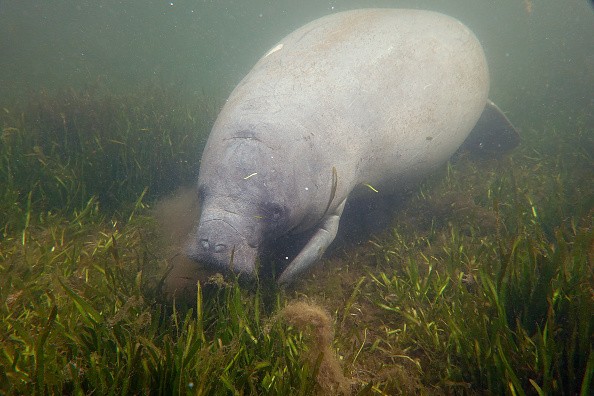Scientists claimed that the seagrass forest they discovered in the Bahamas was the biggest in the world, which could increase the global seagrass estimate.

According to Newsweek, the research was published in Nature Communications. The seagrass forest in the Bahamas is revealed to cover an area of an estimated 25,500 square miles.
Seagrass is important for animals and plants in the oceans. According to the National Wildlife Federation (NWF) records, over 26 species of seagrasses are located in North America. The environment that seagrass prefers is tropical with shall coastal waters.
Meanwhile, the Seagrass Watch said that there could be 60 to 72 seagrass species globally. Damaging seagrass could affect the shelter and food of aquatic animals that depend on it. As a nutrient sink, it also emphasizes conserving and protecting seagrass as it benefits the marine environment.
Furthermore, seagrass in the coastal waters is not grass but terrestrial plants. The NWF explained that they had leaves, seeds, roots, and connective tissues, which are all important for photosynthesis.
Seagrasses have been important to aquatic animals, especially shrimp, sea turtles, fish, clams, squids, and many others. The existence of the seagrass forest is helpful against strong currents. The NWF added that the seagrass could be a good place to hide eggs and larvae.
In addition, seagrass helps to improve the water quality in coastal waters.
Discovery
In part of a study, Austin Gallagher told Newsweek that the discovery could increase up to 41 percent over the global estimate of the seagrass. Gallagher is also a lead scientist in an ocean conservation 'Beneath the Waves.'
Amazingly, the study was conducted to map the seagrass based on the 15 tiger sharks' data and combined 2,500 human surveys. In addition, the researchers placed a tracking device on tiger sharks that could generate images of the sea floor, which they found an abundance of seagrass.
The report from Newsweek also explained that seagrass was helpful to animals and the entire environment. It said that seagrass effectively stores greenhouse gas that is harmful to Earth.
The researchers explained that seagrass is an effective carbon sink that could store carbon.
Meanwhile, Prof. Mark Huxham said to Newsweek that the study about the seagrass using technology could help answer about the total seagrass on Earth. Huxham is also researching environmental biology at Edinburgh Napier University.
Furthermore, Professor Huxham added that there are still gaps in understanding the seagrass.
Seagrass in coastal waters
Meanwhile, the Nationa Wildlife Federation (NWF) explained that seagrasses could reproduce. However, they are said to be sensitive to water quality which could also affect their existence. A healthy seagrass could represent healthy coastal ecosystems.
Like other species and forests, seagrass is also threatened by human-caused pollution, storms, and diseases.
Seagrass is a nutrient source for many aquatic animals, such as plankton and algae. Even if the seagrass dies, the dead seagrasses could be a food source for sea cucumbers, worms, and crabs, according to NWF.
Related Article : Bumble Bees Exhibit Playing Behaviors Using Wooden Balls
For more similar, don't forget to follow Nature World News.
© 2025 NatureWorldNews.com All rights reserved. Do not reproduce without permission.





